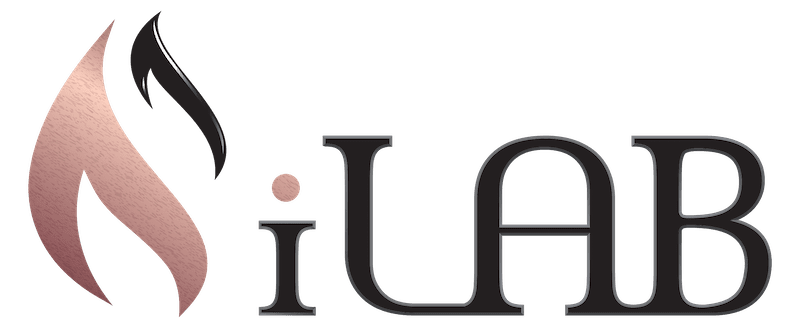When a critical software bug makes it into production, the consequences can be catastrophic—lost revenue, damaged brand reputation, and even compliance violations. This phenomenon, known as defect leakage, occurs when defects escape from one stage of testing to the next or into production. According to IBM research, the cost of fixing a defect discovered in production can be up to 100 times greater than fixing it during the design phase. Independent QA partners like iLAB play a crucial role in reducing defect leakage by identifying issues early, applying risk-based testing strategies, and ensuring defects are caught before they cause financial and operational damage.
What Is Defect Leakage?
Defect leakage refers to the number of defects that remain undiscovered during one phase of the software development lifecycle and are later found in subsequent stages. For example, a defect missed in unit testing that surfaces during integration testing, or worse, a bug missed in system testing that is discovered by end users in production.
The formula for defect leakage is often represented as:
Defect Leakage (%) = (Defects Found After Release ÷ Total Defects Found) × 100
A high defect leakage percentage indicates gaps in testing effectiveness and exposes organizations to significant risks. Independent QA reduces defect leakage by providing fresh perspectives, specialized expertise, and rigorous test coverage.
Why Defect Leakage Matters to Enterprises
Every undetected defect represents not just a technical issue but a business risk. The cost of poor software quality is staggering. According to the Consortium for IT Software Quality (CISQ), poor software quality cost U.S. companies over $2.41 trillion in 2022. Defect leakage contributes to these losses by introducing costly rework, production outages, and customer churn.
Key impacts of defect leakage include:
- Financial costs: Rework, downtime, SLA penalties, and lost revenue.
- Compliance risks: Potential violations of HIPAA, PCI DSS, or FedRAMP regulations.
- Reputation damage: Customers lose trust when systems fail.
- Operational inefficiency: Time wasted addressing production issues instead of innovation.
The Rising Cost of Defects by Stage
The cost of fixing a defect increases exponentially as it moves later in the lifecycle. Studies have shown:
*depending on industry and system criticality
These costs don’t even include reputational or regulatory penalties, which can run into millions of dollars.
Real-World Examples of Defect Leakage
• Healthcare: A defect in an EHR system led to incorrect patient data being displayed, resulting in treatment delays. The issue was traced back to inadequate integration testing.
• Finance: A banking app outage during a high-volume transaction day cost millions in lost transactions and regulatory scrutiny.
• Government: A DMV modernization project experienced significant delays due to untested integrations, frustrating citizens and lawmakers.
Key Components to Define When Tracking Defects
How Independent QA Reduces Defect Leakage
Independent QA partners like iLAB reduce defect leakage through:
• Risk-based testing strategies that prioritize business-critical processes.
• Test automation frameworks that ensure consistent coverage across builds.
• Performance testing to catch scalability and reliability issues.
• Compliance-focused validation for HIPAA, PCI, FedRAMP, and Section 508.
• Metrics-driven governance to track defect removal efficiency (DRE) and leakage rates.
Calculating the ROI of Independent QA
The return on investment for independent QA can be measured by comparing the cost of QA services to the savings from defects prevented. For example, preventing just 10 production defects at an average of $50,000 per defect saves $500,000. If independent QA services cost $150,000, the ROI is clear and significant.
Independent QA also provides long-term value by improving release confidence, accelerating time-to-market, and enabling innovation without fear of failure.
How to Measure and Reduce Defect Leakage
Key metrics for tracking defect leakage include:
• Defect Leakage Percentage (DLP)
• Defect Removal Efficiency (DRE)
• Mean Time to Detect (MTTD)
• Mean Time to Resolve (MTTR)
Strategies to reduce defect leakage include adopting shift-left testing, implementing automated regression suites, and leveraging independent QA oversight to validate test coverage and identify blind spots.
Case Study: Business Registration Modernization
A state agency engaged iLAB to provide independent QA oversight during the development of a new online platform that consolidated business registration across multiple departments. iLAB designed and executed a structured UAT process that unified stakeholders, restored project timelines, and ensured successful adoption. The new platform achieved an 88% adoption rate for online business formations and 97% for entity reports, while reducing rejection rates from 15% to just 1.83%. The initiative streamlined workflows, improved transparency, and enhanced the state’s ability to support economic growth and digital transformation.
Conclusion
Defect leakage is one of the most costly challenges in software development. Enterprises cannot afford to let critical bugs reach production. Independent QA provides the objectivity, expertise, and scalability needed to catch defects early, reduce risks, and safeguard ROI. With proven methodologies and decades of experience, iLAB helps clients prevent millions in potential losses while ensuring their software meets the highest standards of quality.
Frequently Asked Questions (FAQ)
What is defect leakage in software testing?
It is the number of defects that escape from one test phase into the next or into production.
How do you calculate defect leakage?
Defect Leakage (%) = (Defects Found After Release ÷ Total Defects Found) × 100.
Why is defect leakage expensive?
Fixing defects in production can cost up to 100 times more than fixing them earlier in the lifecycle.
How can defect leakage be prevented?
Through risk-based testing, automation, performance validation, and independent QA oversight.
What industries are most affected by defect leakage?
Healthcare, finance, government, and large-scale ERP systems.
What metrics are used to track defect leakage?
Defect Leakage Percentage (DLP), Defect Removal Efficiency (DRE), MTTD, and MTTR.
Can independent QA work with in-house teams?
Yes, hybrid models are common—independent QA complements in-house testing to cover gaps and ensure quality.

